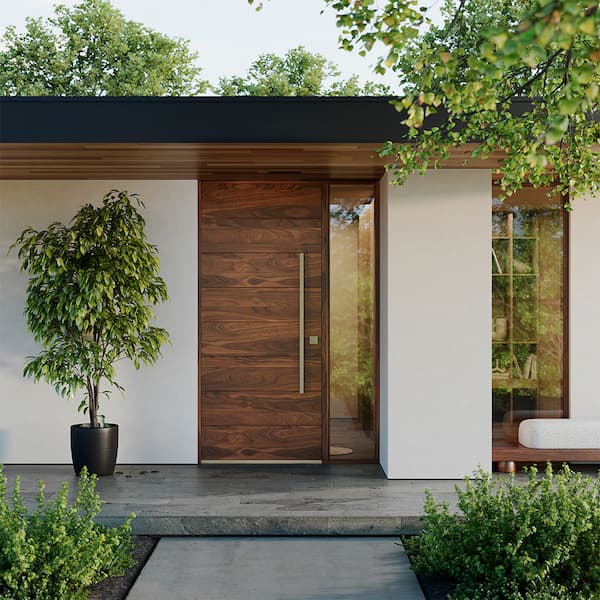

Looking for an entry door, but not sure where to start? Take our quiz to find your dream door and bring your unique vision to life.
FREE Shipping On Orders Over $399*
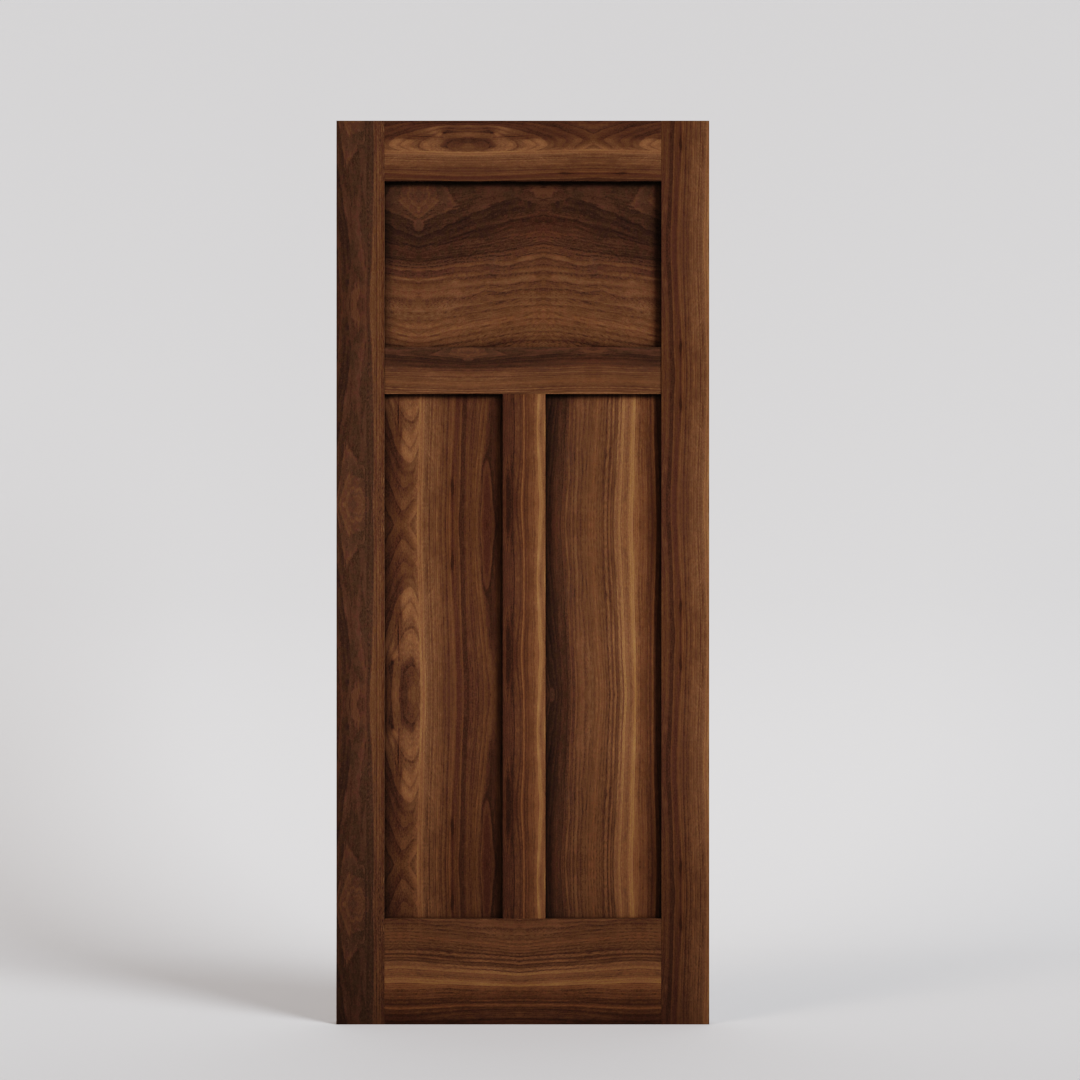
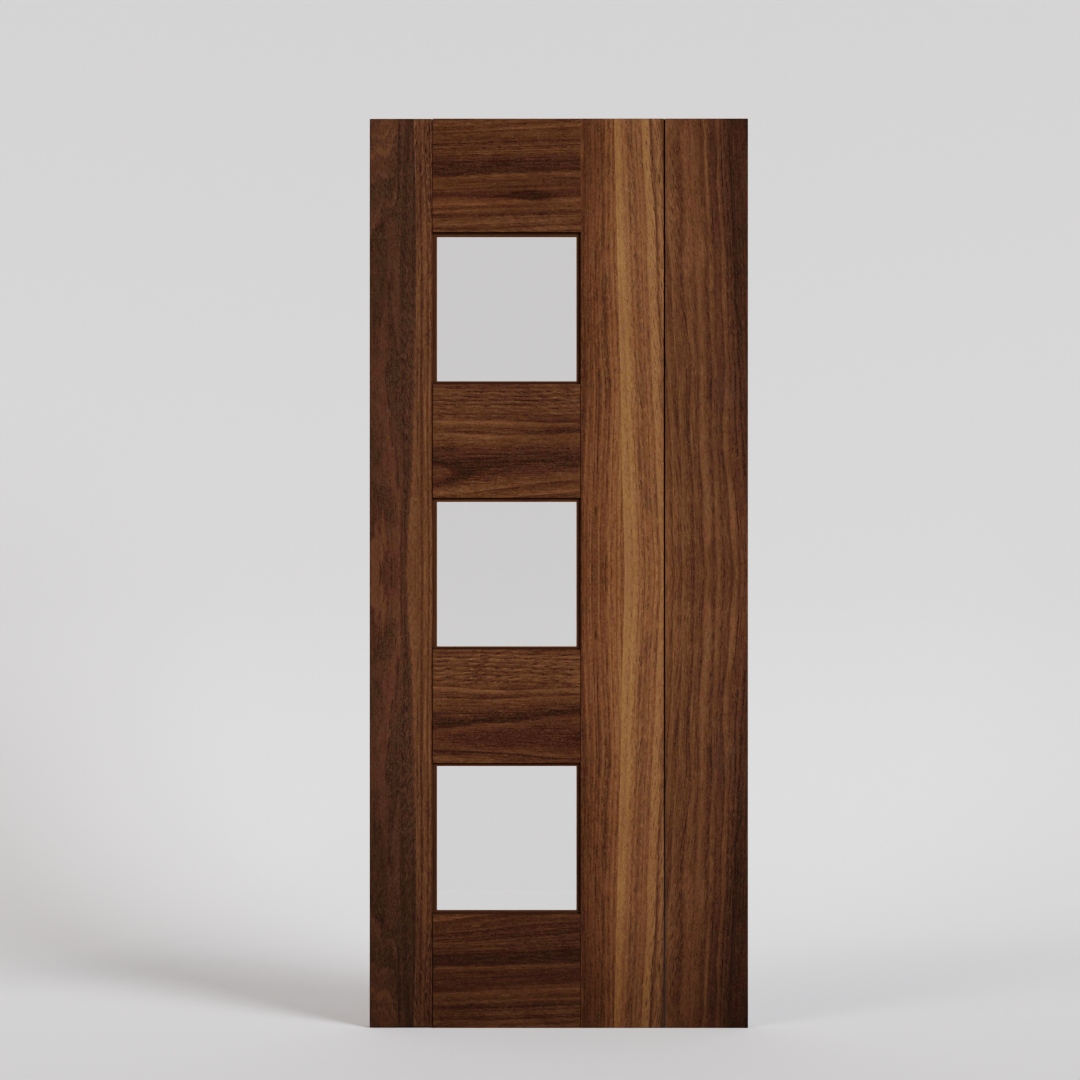
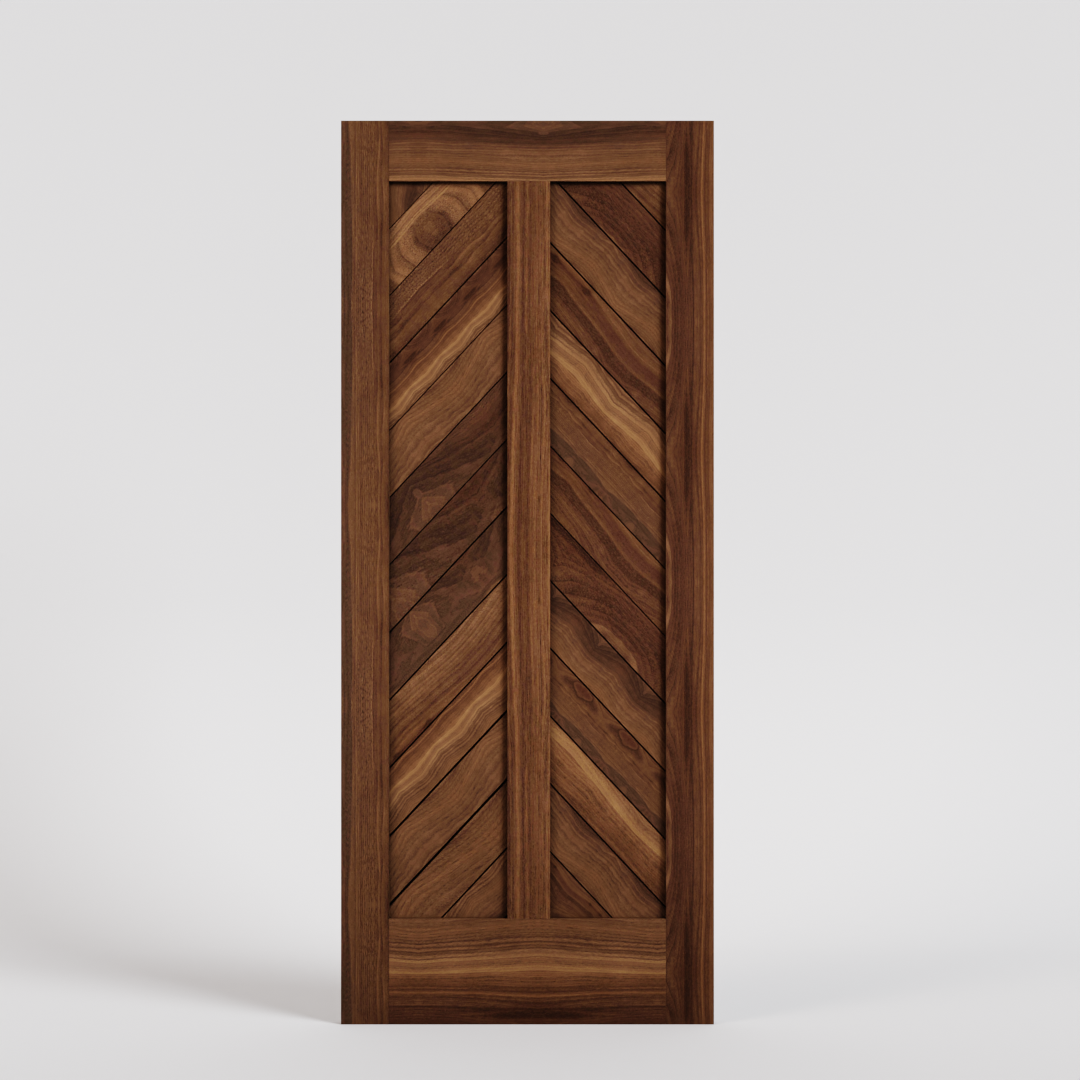
Discover our vast collection of premium wood species and get inspired to create your customized door.
FREE Shipping On Orders Over $399*
Need help choosing a hardware kit? Our super easy quiz will point you in the right direction.
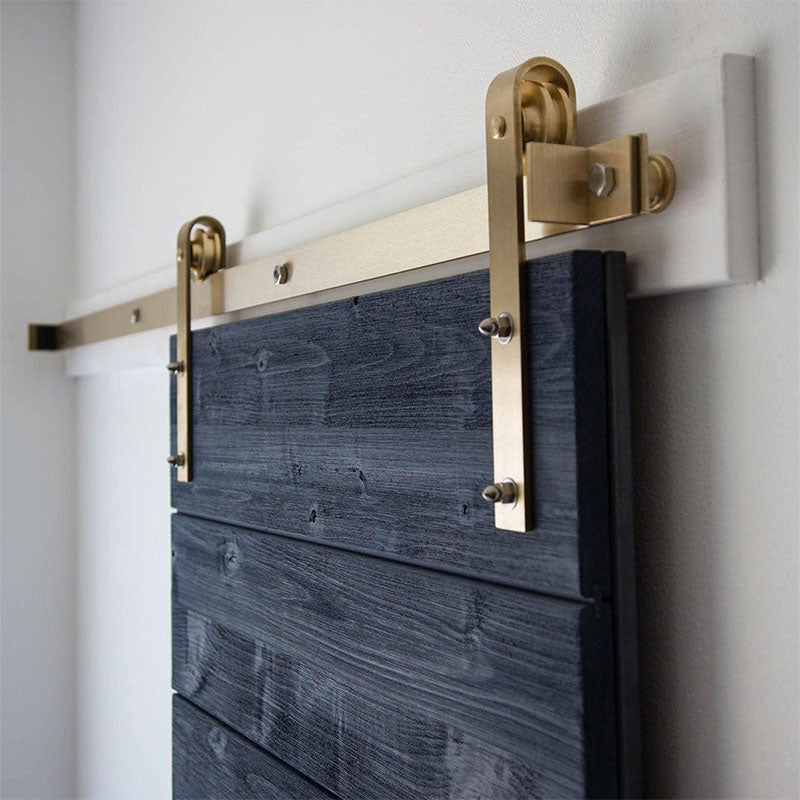
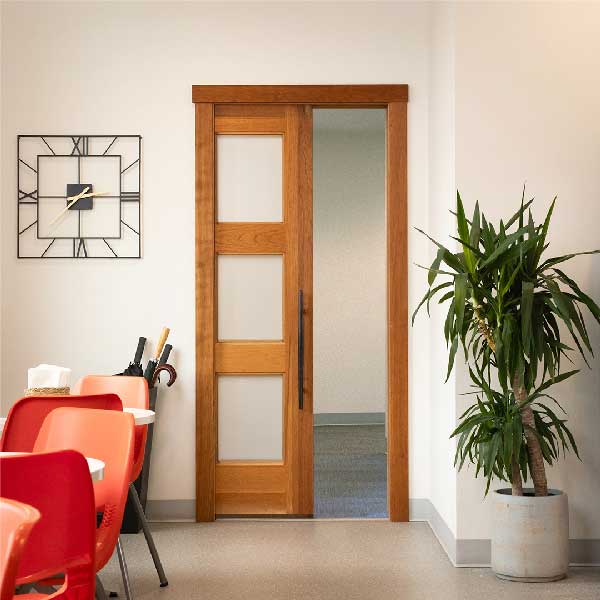
Pocket Door Hardware
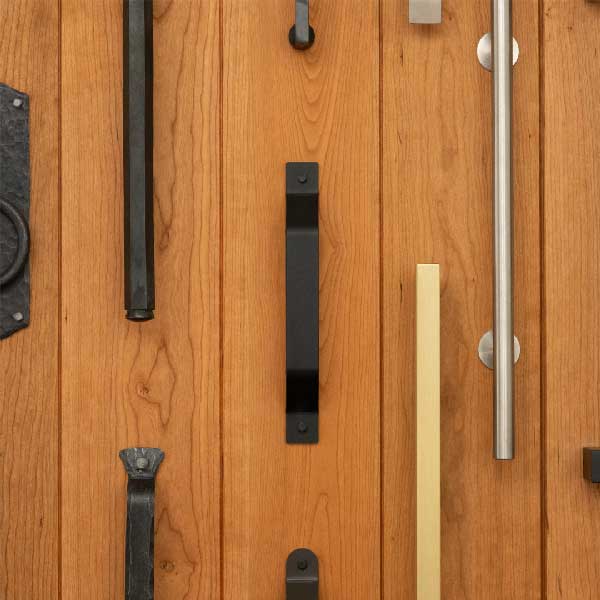
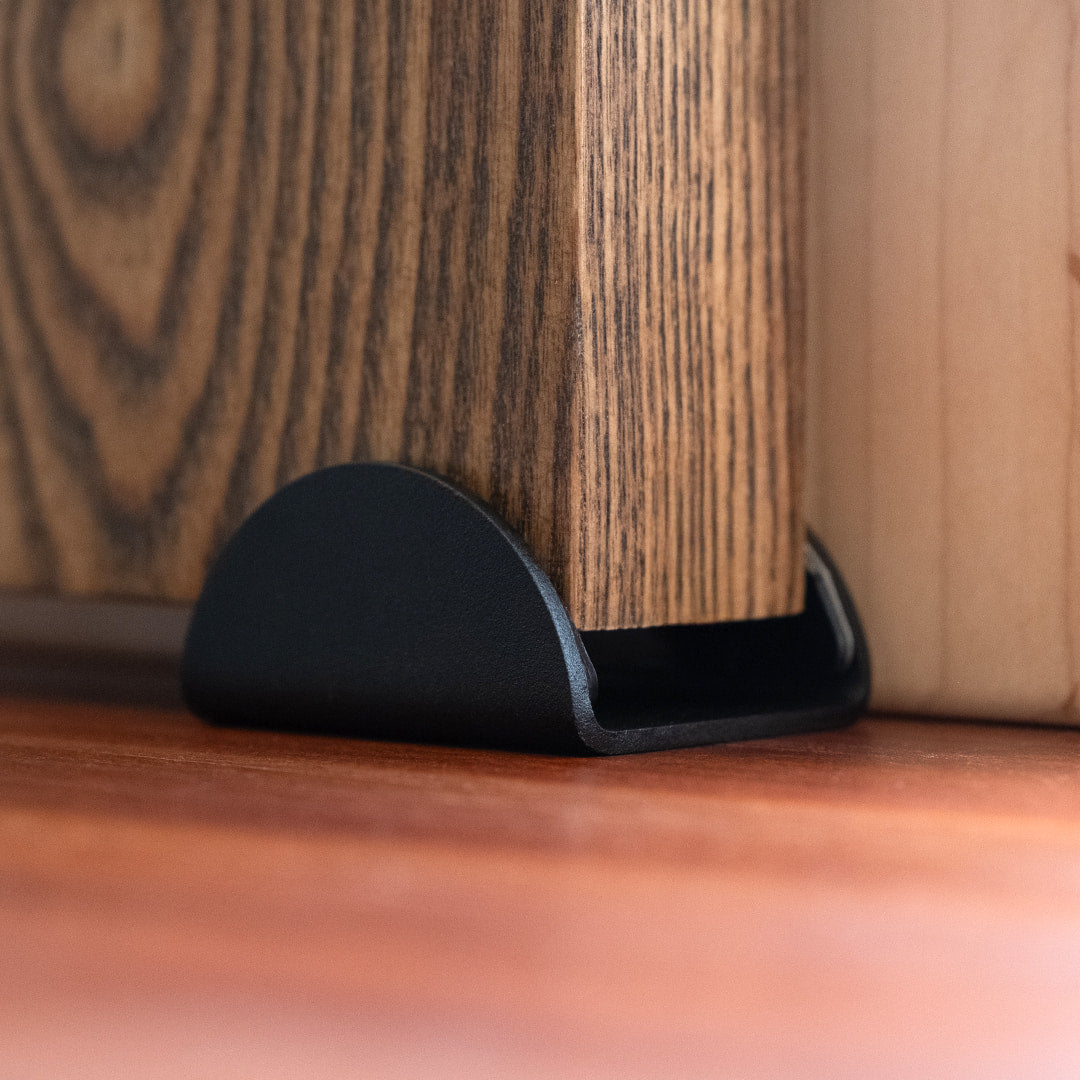
FREE Shipping On Orders Over $399*
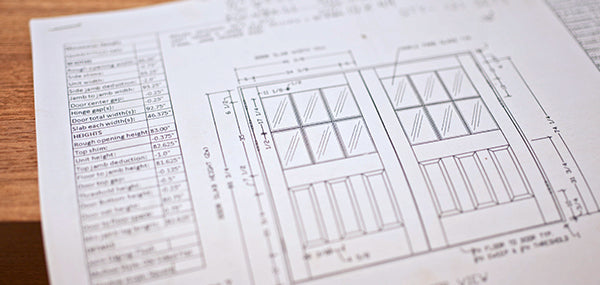
Custom Design Inspiration
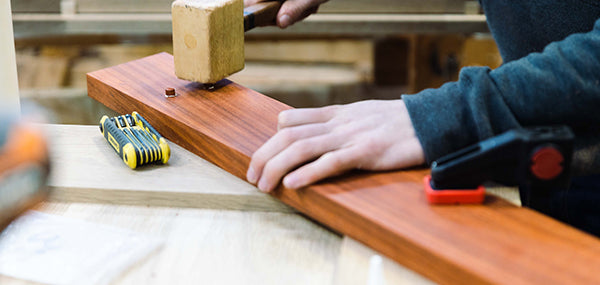
FREE Shipping On Orders Over $399*
High-Quality Door Hinges
Door hinges are necessary for the structure and functionality of your doors, but they are also a critical design element. No matter what your hinge needs are, RealCraft’s collection of high-quality door hinges can provide you with a sleek new look.
We offer several hinge designs of the highest quality online in upon request, including hinges from:
Hinge is a deviation from the Middle English term “hang”. It’s a mechanical bearing that allows doors to pivot on one edge to close and open. Essentially, a door hinge contains two plates (leaves) that are joined by a pin. Both plates can turn.
The door hinge plates come with holes that allow you to attach them to the door and door frame via nuts, bolts, or rivets.
Here are some helpful hinge terms to keep in mind:
This depends on the style of hinges and Most doors have three hinges based on their size. However, you should measure your door to determine how many hinges you need. For every 30” (762 mm) of the door height, you need one hinge. Most doors are around 90”, which is why they contain three hinges.
Particularly large doors with a width between 37” (940 mm) to 48” (122mm) may benefit from an additional hinge for extra strength. The additional hinge supports the weight of the larger door which helps keep the door and frame in better condition.
Hinges come with two, three, or five knuckles. 2-knuckle hinges are commonly used in residential environments. The primary difference between two and three knuckles is appearance.
3-knuckle hinges offer a clean look and plain bearing or anti-friction bearing options. 5-knuckle hinges are ball bearing or plain bearing.
The biggest consideration for knuckles is the type of bearing and your personal preference.
To choose the right hinge style and location, you must determine the correct door handling. Door handing is the direction your door opens. Swinging doors can be outswing, inswing, left-hand reverse, etc.
Determine the door handling for entry and exterior doors from the exterior of your property. For interior doors, stand outside of the room looking at the door.
Here’s a breakdown of the types of handling:
A door with hinges on the left that swings into the room would be a left-hand inswing door.
What if the door connects two rooms or the outside vs inside is unclear? Simply open the door and place your back against the hinges. Which side the door is on tells you if it is right or left-handed.
The most common door hinge materials are steel, stainless steel, and brass.
Steel hinges provide immense strength, but it is not suitable for wet or unstable environments. Steel will rust easily, so it is best suited for a controlled environment safe from the elements. Steel can make a solid door hinge choice for interior rooms where temperature and moisture are controlled. Overall, it’s an affordable material that is strong and inexpensive at the same time.
Stainless steel hinges are ideal for outdoor areas or places with moisture. They provide great strength like steel, and they can be used on fire-rated or labeled door openings. This material can be polished for a bright or satin finish. While door hinges will rust over time, stainless steel is incredibly durable. The many great benefits of stainless steel hinges make this material more on the pricey side.
Brass is a copper and zinc alloy that is a very stylish hinge material. It’s rust-resistant and non-corrosive. It has a low melting point, so it cannot be used on fire-rated or labeled door openings. It also does not have as much strength as steel or stainless steel.
The applications for hinges expand far past doors. While the interior and exterior doors are two very common hinge applications, hinges are required for several other reasons as well.
Door hinge placement is either standard or European. The standard placement has a hinge near the bottom, center, and top of the door. On the other hand, the European door hinge placement has two hinges at the top area and one at the bottom.
There are many different types of hinges available. Some of the most common hinge styles include:
Ball bearing hinges contain two ball bearings in the hinge knuckles. The purpose of a ball bearing hinges is to reduce friction. Because of this, they can prevent squeaking. They are commonly used in a wide array of homes and businesses.
Strap hinges have two long, flat, triangular flaps. One flap is screwed to the stationary surface, and the other to the moving part of the door or gate. The long flaps provide immense stability for the structure. These hinges are well suited for heavy doors and they provide a great historical charm.
Strap hinges are a design element of their own. Unlike some hinges which seek to be hidden, these hinges are created to be seen. They were created by the Romans in highly decorative styles. Some of the oldest hinges discovered are believed to be 5500 years old, created before the Bronze Age. The history of these hinges is compelling, as they gained popularity during the Middle Ages and continued to evolve into the Victorian Era.
The history and appearance of strap hinges make them a powerful type of hinge to use. They are especially well suited for gates and barn doors, but the applications of strap hinges are endless.
Real Craft is excited to introduce ourhand-forged strap hinge line. Crafted by our local blacksmith, the hand-made strap hinges deliver excellent quality and a timeless aesthetic.
Concealed hinges show no hinge from the outside. They’re also known as hidden, invisible, or European hinges. They have been around for over a century, and are used for interior doors, cabinets, and entry doors.
They are not seen from the outside, which gives a sleek look to the door. They offer a very clean look, which is why these hinges are very commonly seen in kitchens and bathrooms. Since they cannot be seen from the outside, people cannot tamper with them from the outside. This provides an added bit of security.
When used in furniture and cabinetry, concealed hinges can be adjusted after installation. It’s easy to adjust to construction imperfections without having to remove the entire hinge.
This variation of the butt hinge contains fitted leaf plates with a metal spring for automatic closing. Self-closing hinges contain a built-in spring that pulls the door closed with just a soft push. Some self-closing hinges may also be soft-closing, but not all are. When you pus the door, it will pull itself closed with the spring in the hinge. This makes it easier to close doors when your hands are full.
Self-closing hinges are commonly found in large facilities like schools and hospitals. They can also be used for doors, but their most common residential application is on cabinets.
Our Hand-Forged Hardware line includes strap hinges, alongside barn door pulls, hangers, and hinges. When we say hand-forged, we mean it! Our incredibly talented local Blacksmith, Bill, is dedicated to the traditional craft.
Some of the many benefits of hand-forged door hardware include:
There’s no denying the magical quality that hand-forged hardware offers. With hand-crafted hinges, you obtain a one-of-a-kind piece made with the best materials and craftsmanship. They add a powerful aesthetic appeal to your doors, allowing you to express your style while paying homage to some classic eras.